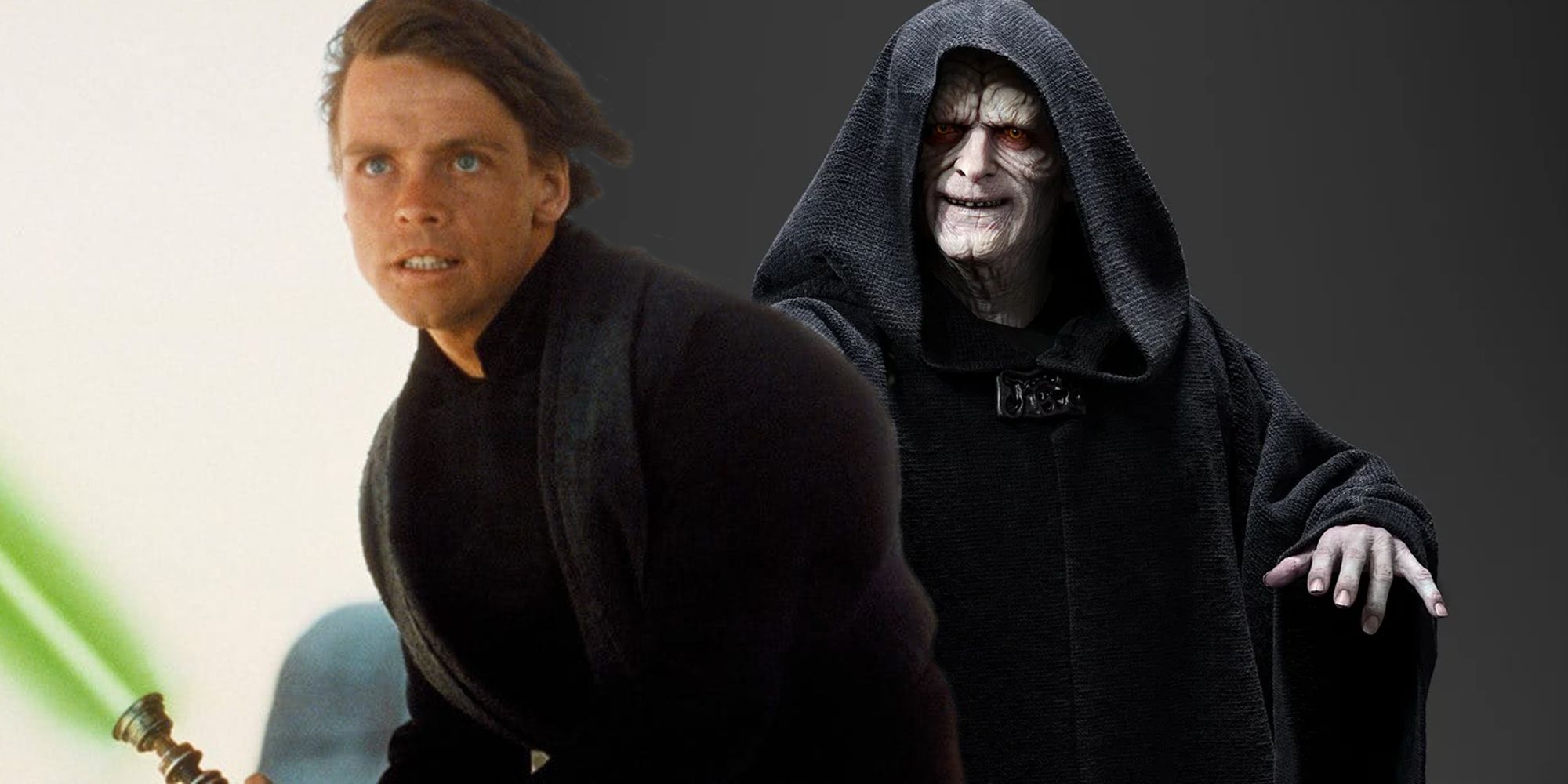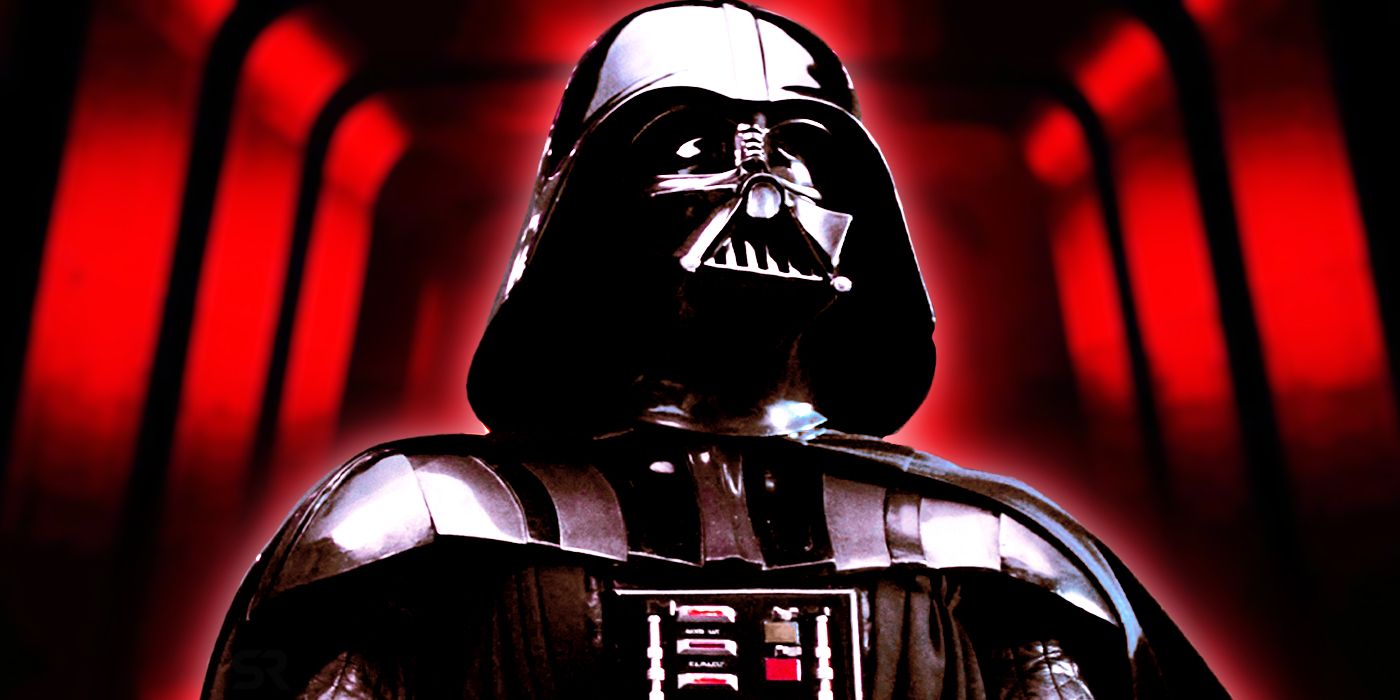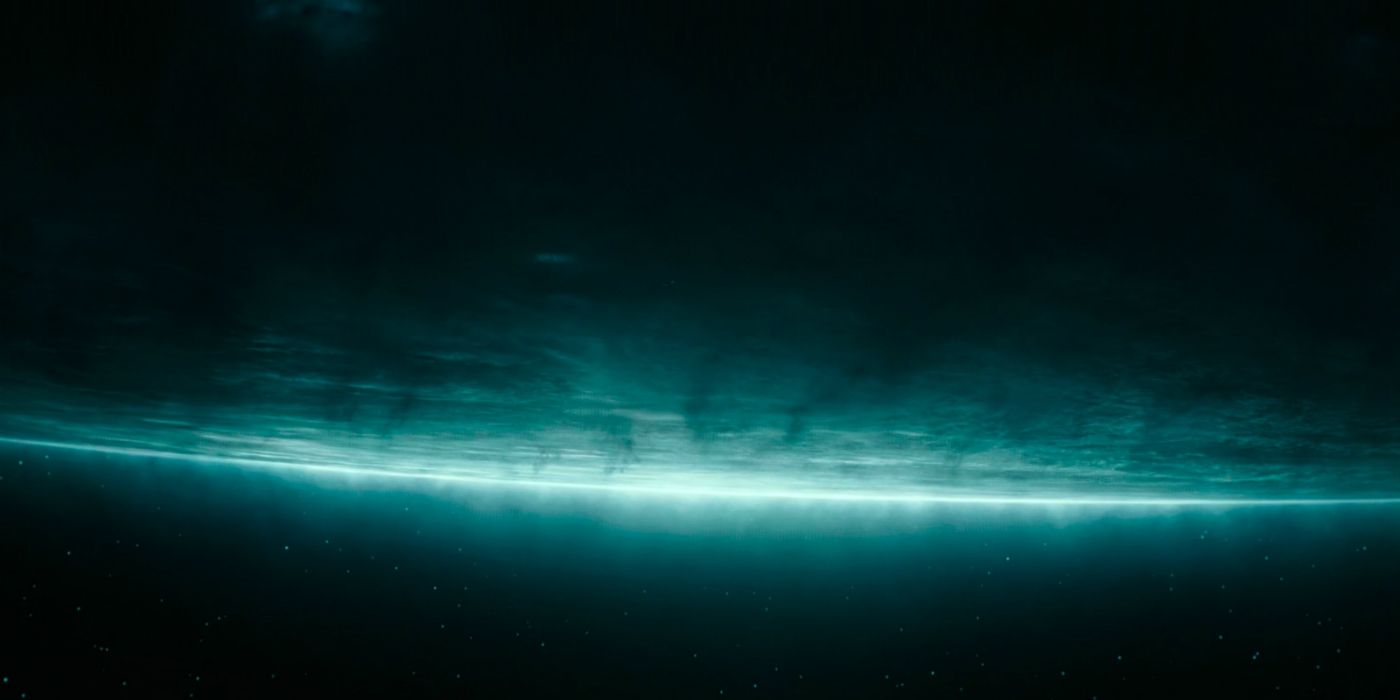Star Wars has confirmed Palpatine established a “Contingency” against his potential defeat – but it actually seems to have been targeted at Darth Vader, rather than at the Rebel Alliance. “Everything is proceeding as I have foreseen,” Palpatine claimed in Return of the Jedi, and in truth that saying should have been something of a catchphrase to the Emperor. Palpatine was a long-term strategist, and the secret of his success lay in a combination of low cunning and strategic forward-thinking. The Emperor was able to turn even defeats to his own advantage – up to a point.
Palpatine claimed his throne as Emperor in Star Wars: Episode III – Revenge of the Sith, and he swiftly established a contingency plan should he be defeated. Chuck Wendig’s “Aftermath” trilogy revealed work on this contingency began within a year of the Empire’s founding, giving a sense how much of a priority he considered it. But that very speed raises an intriguing question; was the Emperor’s Contingency really aimed at the possibility of a popular rebellion, or was it instead targeted at a potential rival – Darth Vader?
Palpatine Didn’t Fear The Rebel Alliance (Until Luke Skywalker)

Viewers may be surprised to realize Palpatine did not fear the idea of a rebellion. This is because Palpatine understood the nature of the dark side, and he carefully created a system where even those who opposed him would have to use anger, hatred, and rage. Palpatine turned the balance of the Force decisively towards the dark side, and – as a Dark Lord of the Sith – he positioned himself so he would personally benefit from this dark imbalance. Rebel movements were not a threat, and indeed he used them as an excuse to strengthen the militaristic Empire he had established.
In Palpatine’s view, only one thing could ruin everything; a change in the balance of the Force, with the Jedi bringing back the light. The majority of the Jedi were killed in Order 66, and Palpatine commanded Darth Vader and his Inquisitors to hunt down any survivors. There’s some evidence the Emperor became complacent in this regard, convinced the Jedi had been defeated at last. He was only jolted out of this complacency by Luke Skywalker – the son of the Chosen One, a beacon of hope who began to tilt the galaxy toward the light once again. There is no reason to assume this hurried contingency was ever aimed at the possibility of a Rebel Alliance led by Jedi, because Palpatine believed that problem had been extinguished.
The Rule Of Two Meant Darth Vader Was A Threat

There was, however, one potential threat to the Emperor’s rule; his own apprentice, Darth Vader. Competition is the nature of the dark side; that had proved the downfall of the ancient Sith Empire, when Sith Lords destroyed one another, and Darth Bane attempted to prevent it happening again by establishing the Sith Rule of Two. This decreed there should only ever be two Sith at any one time – a Master and an Apprentice, one to wield power and the other to covet it. The Rule of Two effectively locked the Sith into a cycle, in which every Sith Lord is eventually supplanted by their student. It meant Darth Vader became Palpatine’s greatest threat.
Palpatine was disappointed when Darth Vader suffered critical injuries in Star Wars: Episode III – Revenge of the Sith, but his experiences with Darth Maul – who had returned during the Clone Wars, much to Palpatine’s frustration – had taught him not to simply discard wounded apprentices. Palpatine carefully tested his apprentice, seeking to learn just how powerful Darth Vader now was; as seen in Paul Kemp’s novel Lords of the Sith, he swiftly realized he had to fan the flame of the dark side in Vader’s heart once again. Doing so, however, simply made it all the more likely Darth Vader would one day attempt to overthrow the Emperor. Palpatine was playing a dangerous game.
It’s important to understand that Palpatine saw himself as the culmination of everything the Sith had worked towards for a millennium. This is why he sought to find a way to conquer death; he had no intention of passing on his Empire to another. Rather, he planned to be Emperor forever, through whatever mechanism of the dark side he discovered. Palpatine’s own master, Darth Plagueis, taught him the secret of Essence Transfer – an ancient Sith secret that would allow Emperor’s spirit to possess the body of the one who killed him, so long as they were subject to dark side emotions at the time. This would have surely given Palpatine a degree of confidence he could survive an assassination attempt by Darth Vader, but he would never have forgotten that Essence Transfer had not saved his own Master.
Operation Cinder Would Have Torn Apart Darth Vader’s Empire

This, then, is the most likely context in which Palpatine began preparing his Contingency. On the event of Palpatine’s death, droids would be sent to carefully-chosen loyalists who the Emperor trusted to do his will. These loyalists would initiate Palpatine’s Operation Cinder, launching genocidal attacks across the galaxy. Crucially, they would do so without consulting with Imperial command, and without any coordination. This hints Operation Cinder was not targeted at the rebels (although targets may well have been changed during the Galactic Civil War). Rather, it was intended to trigger a genocidal civil war should Darth Vader take the Empire for himself.
Operation Cinder was designed to culminate in a battle over the skies of the junkyard planet Jakku – a planet Palpatine had rigged to explode. His most loyal agents would be saved, traveling out to the Unknown Regions, where they would discover the Emperor had established a secret cache of weapons and automated shipyards. There, they would be transformed into Palpatine’s new First Order, and they would be able to return to a devastated galaxy in force – reclaiming the Empire. Palpatine’s Contingency would be effective against the New Republic, but it would also work perfectly well in the context of an Imperial civil war.
Exegol Was The Emperor’s Ultimate Backup Plan

Meanwhile, Palpatine sought another way to conquer death. He discovered the ancient Sith redoubt of Exegol, a place where the veil between this plane of existence and the netherworld of the Force was unnaturally thin. There, the Emperor pursued techniques the Sith would have considered heretical, synergizing science with the power of the dark side. If Darth Vader managed to kill him without becoming host to Palpatine’s spirit, the Sith Lord could be resurrected in a clone body at Exegol instead. He would then claim command of the loyalists who had traveled into the Unknown Regions, leading the First Order back to conquer a defenseless galaxy.
Why The Emperor’s Contingency Failed

Ultimately, of course, Palpatine’s Contingency failed. Darth Vader did betray him – but not for the reason the Emperor anticipated. Vader killed his Master not out of hatred, but out of love, redeemed to the light side of the Force – meaning he could not be possessed by Palpatine’s spirit. The true threat to Palpatine’s dominion lay not in the Rule of Two, but in the redemptive light of the Jedi, which had not been extinguished after all. With both Palpatine and Darth Vader gone, the Empire crumbled more quickly than Palpatine had expected – and the Rebel Alliance consolidated its forces, transforming into the Rebel Alliance. The planet-sized bomb at Jakku was defused; the Empire was defeated at the Battle of Jakku, but the New Republic was not decimated.
Even the Emperor’s resurrection failed, because Palpatine had not considered the fact clone bodies are adversely affected by the prevalence of the dark side. Palpatine’s cultists were able to bring him back, placing their Dark Lord in a clone body, but Palpatine found himself unable to leave Exegol. In truth, in the end, nothing occurred as the Emperor had foreseen – and Star Wars‘ most evil masterplanner was left desperately adapting to this new reality.




